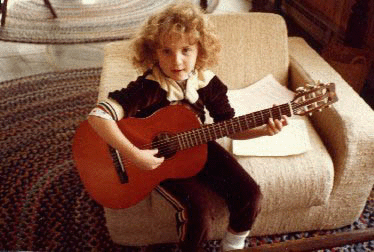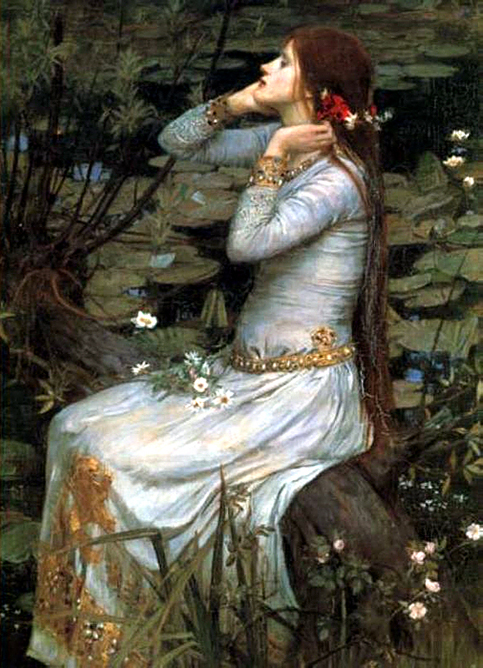
The signing and symbology featuring in public demonstrations, and the debates taking place in public spaces is social media IRL the slogans and quips on display are Twitter come to the streets… Invective, banter and wit are mainstays of the British national conversation, irreverence and unseriousness is a default, obligatory style of private and public discourse… In the UK the recent language of protest, on placards in particular or in graffiti, has tended to employ irony, sarcasm, flippancy, facetiousness, to get its messages across by way of puns and cultural allusions… Led by Donkeys scores precisely because it doesn’t employ wit or wordplay, or Banksy’s admittedly striking visual epigrams, but simply replicates and reminds us of the messages it thinks we should beware of… The group had been active since the Brexit referendum, erecting billboards across the UK replaying the messages of pro-Brexit and populist politicians. E3VY8BaGjK- Led By Donkeys January 31, 2020

“Heartfield’s work was too powerful to be satirised or humiliated in that show,” Zervigón adds. “It was just too dangerous to share it with the public.A message to Europe, this morning on the White Cliffs of Dover. It was activist art because he could intervene at a national level.”Ī true testament to Heartfield’s influence occurred in 1937 when the Nazis refused to include his work in the notorious Degenerate Art Exhibition. “Heartfield wasn’t only reflecting the perceptions of politician but initiating further debate about their politics. He bolted back to his apartment, heard the Gestapo coming, jumped out the window, and eventually fled over the mountains to Prague.Īt one point, he reached number five on the Gestapo’s most-wanted list. “Heartfield was high on the list of opponents the Nazi wanted to execute, as he was on Stalin’s list of people – because he was seen as not sufficiently towing the line,” Zervigón says.īoth Hitler and Stalin recognised Heartfield’s impact. Heartfiled got caught at a printing press making a poster, but managed to escape. The Nazi Party was not amused, though they waited until they officially came into power in 1933 before making their move. He believed that his photomontages had the power to change public discourse, while simultaneously reclaiming modern art from the ineffectual idea of “art for art’s sake”. Trained in advertising, he understood better than most the power of image and text held in swaying public thought.Īs an impassioned communist radicalised at the end of World War I, Heartfield recognised photography was the most modern and persuasive visual language available at the time. Titled Heartfield: One Man’s War, the show explores how the artist risked his life in a propaganda war where he played the part of the anti- Leni Riefenstahl. Now, thanks to a new exhibition, a new generation of audiences are set to be introduced to his work.


His acerbic photomontages, which subverted Nazi imagery to reveal the rising political threat, appeared on the cover of communist magazine Arbeiter-Illustrierte-Zeitung – they were seen by millions of people on the newsstand, and in their homes.

Īrmed with scissors, paste, and stone cold reserve, German artist John Heartfield (1891-1968) used art as a weapon to fight Adolf Hitler’s rise to power in the 1930s. An impassioned communist radicalised at the end of World War I, John Heartfield created subversive photomontages to combat Nazi propaganda in ’30s Germany – landing him on the Gestapo’s most-wanted list in the process.


 0 kommentar(er)
0 kommentar(er)
